One of the symbols of Bulgaria - the oleaginous rose, now has a museum. Located near Rosarium Park in Kazanluk, it showcases the history of the manufacture of rose oil and other products made out of this regal flower in the Bulgarian lands. As a matter of fact, its first exposition was unveiled in 1967. Two years later it evolved into a museum. Until recently, this museum was housed by the Institute of Roses, Essential and Medical Cultures in the town. Now it has been relocated in a renovated building of its own, part of the Iskra (spark) Museum of History in Kazanluk, its exposition is also new. The Museum of Roses is said to be the only museum of its kind in the world.
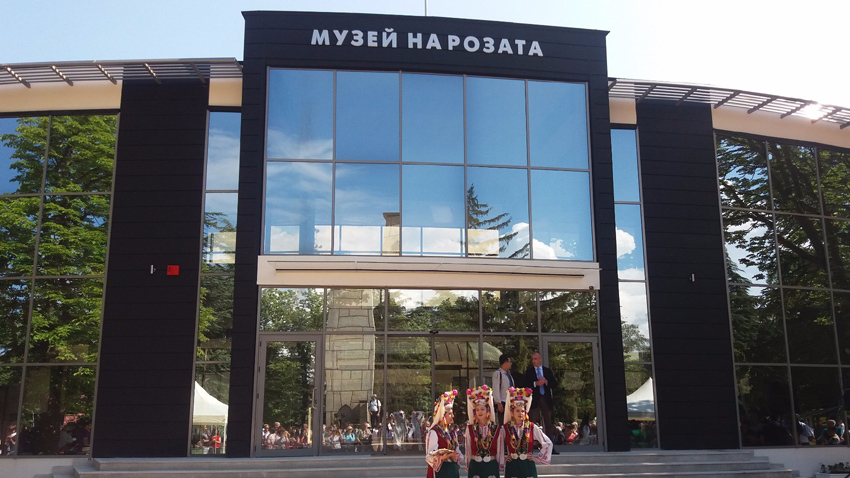
Historians say the oleaginous rose of the Rosa damascena species was brought to these parts from Damascus, Syria in the 17th century. Here conditions were right and it fared well.
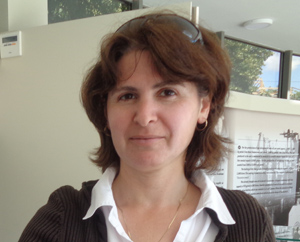 “The climate is mild, in February when the buds start to form the winter is not harsh,” says Velichka Todorova, guide at the museum. “The other important factor for growing Rosa damascena is that the soil is of the wooded, cinnamon, sandy type. This means that in winter-time the roses do not freeze because they do not retain water which is a good thing. After the rose was brought here, people tried to grow it in other parts as well, but it wouldn't take because in winter the roses there froze. The other factor affecting rose growing adversely is that even if once planted the roses thrive, when rose picking begins if there are no experts at hand, people have to be hired from the region of Kazanluk and that pushes the price of rose oil up. That is why rose production has remained confined to our region. Besides in Kazanluk and its environs, roses are also grown in the region of Karlovo and Strelcha - the area that is known as the Valley of Roses.”
“The climate is mild, in February when the buds start to form the winter is not harsh,” says Velichka Todorova, guide at the museum. “The other important factor for growing Rosa damascena is that the soil is of the wooded, cinnamon, sandy type. This means that in winter-time the roses do not freeze because they do not retain water which is a good thing. After the rose was brought here, people tried to grow it in other parts as well, but it wouldn't take because in winter the roses there froze. The other factor affecting rose growing adversely is that even if once planted the roses thrive, when rose picking begins if there are no experts at hand, people have to be hired from the region of Kazanluk and that pushes the price of rose oil up. That is why rose production has remained confined to our region. Besides in Kazanluk and its environs, roses are also grown in the region of Karlovo and Strelcha - the area that is known as the Valley of Roses.”
Other rose varieties have been grown in the country through the years as well. Ultimately, the species that has endured is the Kazanluk rose (descendent of the Rosa damascena) and now practically all roses grown here are of this variety. Unlike other species however, it flowers once a year, but its fragrance is magnificent. This rose variety blossoms out from mid-May until 10-15 June, says Velichka Todorova and adds:
“The rose blossoms are picked at dawn, at 4 or 5 AM when there is still dew. And there is good reason for this, because that is the time of day when roses yield a maximum of oil. When the sun starts shining down they get sticky which means that some of the oil has started to evaporate. That is why it is advisable that once the blossoms are picked they be taken to the rose distillery for processing right away.”
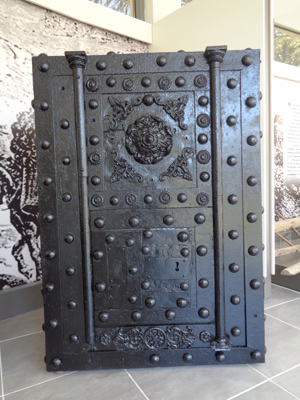 The museum exposition features an old-time rose distillery. Such distilleries were in use in the 18th and 19th centuries, right up to the turn of the 20th century. They used to be built near rivers, because water was used to cool them. Velichka points to a distiller in a 1:4 ratio, i.e. 15 kgs. of blossoms per 60 litres of water. A fire was lit under it and the boiling process would begin that would last around 5 hours. For the rose oil to be of a high quality, the blossoms have to undergo dual distillation. Or in other words, the process follows the method of rakia or brandy distillation. In fact this type of rose distillation is said to have been introduced by Bulgarians with experience in making their own rakia. That was how dual distillation of rose oil came to be introduced in the 18th century.
The museum exposition features an old-time rose distillery. Such distilleries were in use in the 18th and 19th centuries, right up to the turn of the 20th century. They used to be built near rivers, because water was used to cool them. Velichka points to a distiller in a 1:4 ratio, i.e. 15 kgs. of blossoms per 60 litres of water. A fire was lit under it and the boiling process would begin that would last around 5 hours. For the rose oil to be of a high quality, the blossoms have to undergo dual distillation. Or in other words, the process follows the method of rakia or brandy distillation. In fact this type of rose distillation is said to have been introduced by Bulgarians with experience in making their own rakia. That was how dual distillation of rose oil came to be introduced in the 18th century.
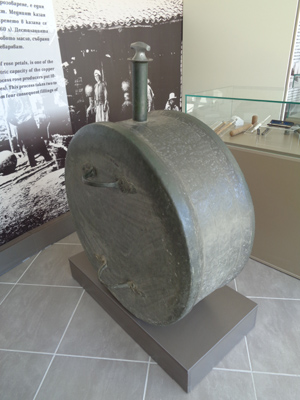 Another intriguing metal drum-like device, called kounkoum or kounkouma on display here, was used to store rose oil. Its capacity is around 200 kilograms. But what makes it so interesting is that though it has been out of use and has stood empty for 70 years, the heady fragrance of roses is still there once you take the lid off. “This just goes to show that rose oil has no expiry date,” Velichka says.
Another intriguing metal drum-like device, called kounkoum or kounkouma on display here, was used to store rose oil. Its capacity is around 200 kilograms. But what makes it so interesting is that though it has been out of use and has stood empty for 70 years, the heady fragrance of roses is still there once you take the lid off. “This just goes to show that rose oil has no expiry date,” Velichka says.
“To keep the reputation of rose oil going strong, a chemical laboratory was created in Kazanluk in 1912. It was founded by Hristo Yarumov - a chemistry teacher who began testing rose oil and neutralizing components like geranium and geranium oil.”
Now the Institute of Roses, Essential and Medical Cultures in Kazanluk has its own certified laboratory. Actually, anyone can find out if the rose oil is genuine or not, simply by leaving it in a cool room or in a refrigerator for a few seconds, says Velichka. If crystals are formed, then the oil is genuine. Rose oil crystallizes at a temperature of 18-22 degrees C. If it doesn't then it is not the real thing.
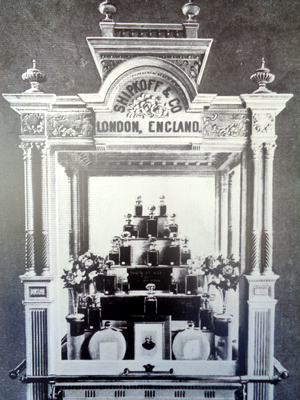 The Museum of Roses features photographs and information about famous traders who have, through the years, spread the fame of Bulgarian rose oil far beyond the country's borders. Rose oil has won a great many gold medals through the ages - at expositions in Vienna, Paris, Philadelphia, Chicago… Even in our day it is among the most expensive and sought after oils used in making high-end perfumes, face cream, lotions. It is also used in medicine for treating a number of ailments. The brand - Bulgarian Rose Oil - was patented in 2014 as a Bulgarian product on the EC protected geographical indication list.
The Museum of Roses features photographs and information about famous traders who have, through the years, spread the fame of Bulgarian rose oil far beyond the country's borders. Rose oil has won a great many gold medals through the ages - at expositions in Vienna, Paris, Philadelphia, Chicago… Even in our day it is among the most expensive and sought after oils used in making high-end perfumes, face cream, lotions. It is also used in medicine for treating a number of ailments. The brand - Bulgarian Rose Oil - was patented in 2014 as a Bulgarian product on the EC protected geographical indication list.
English version: Milena Daynova
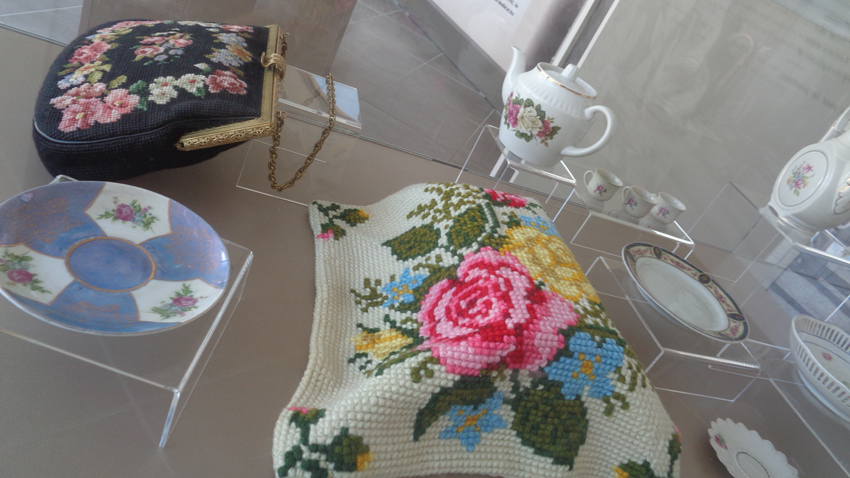
Veliko Tarnovo is the town with the biggest number of cultural and historical landmarks in Bulgaria. Every Bulgarian feels a sense of pride upon setting foot in the medieval Bulgarian capital while foreigners are fascinated by its architecture,..
Bansko has been recognized as one of the most desired destinations during the World Travel Market London. The resort town has entered the top 10 of Lonely Planet’s ranking "Best in Travel 2025". "This is another well-deserved recognition for our..
Caretaker Minister of Tourism Evtim Miloshev held a series of high-level meetings with the tourism ministers of Saudi Arabia, Qatar, Bahrain, and the Secretary-General of Kuwait’s National Council of Culture, Arts and Letters during the World..
A country at the centre of ancient civilisations, whose historic sites sit amongst world-ranked Black Sea coastlines and snow-capped World Cup ski..
Bulgaria is presenting its own stand at the autumn international tourism fair in Bucharest, which is taking place from 21 to 24 November . Visitors to..

+359 2 9336 661
